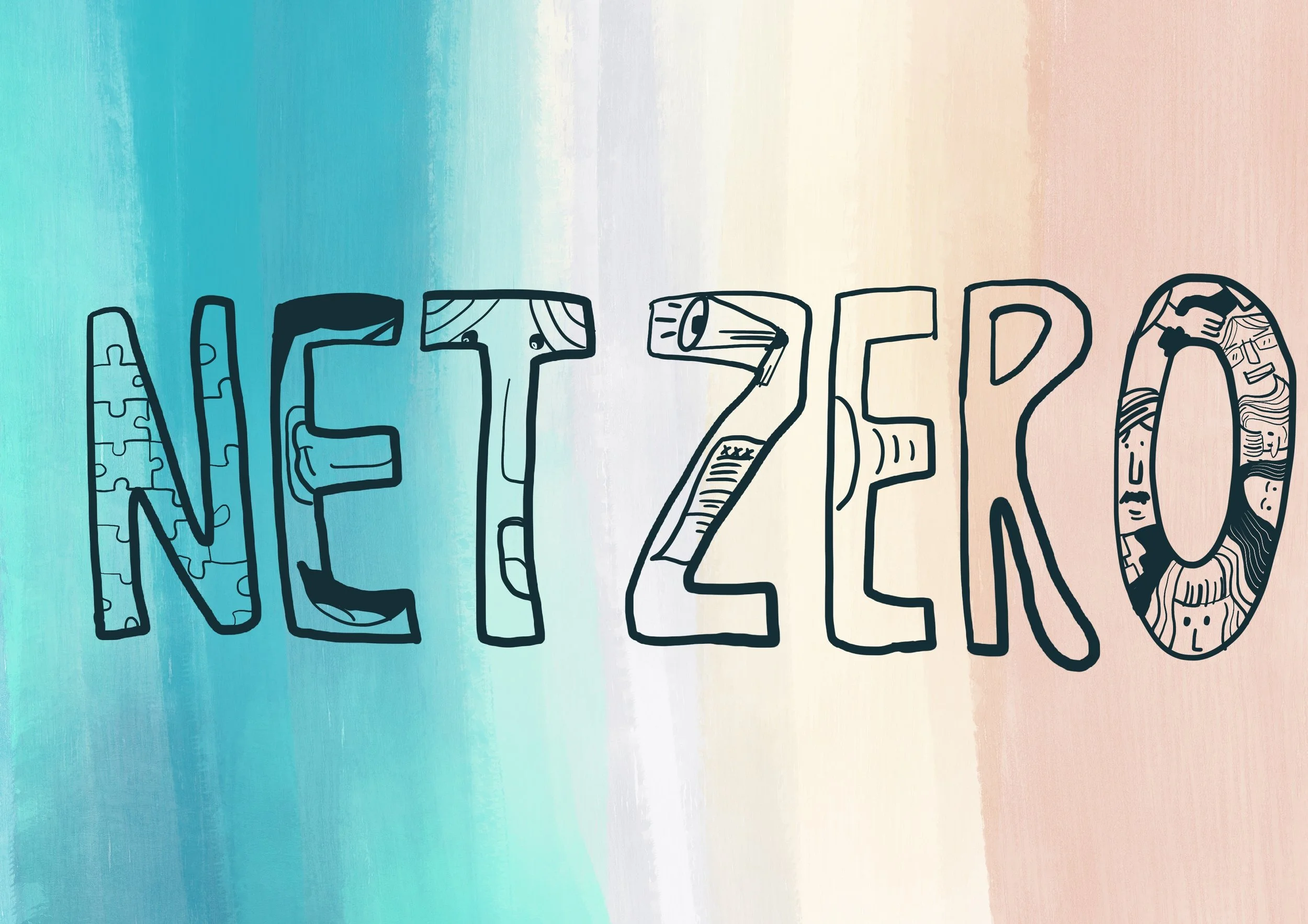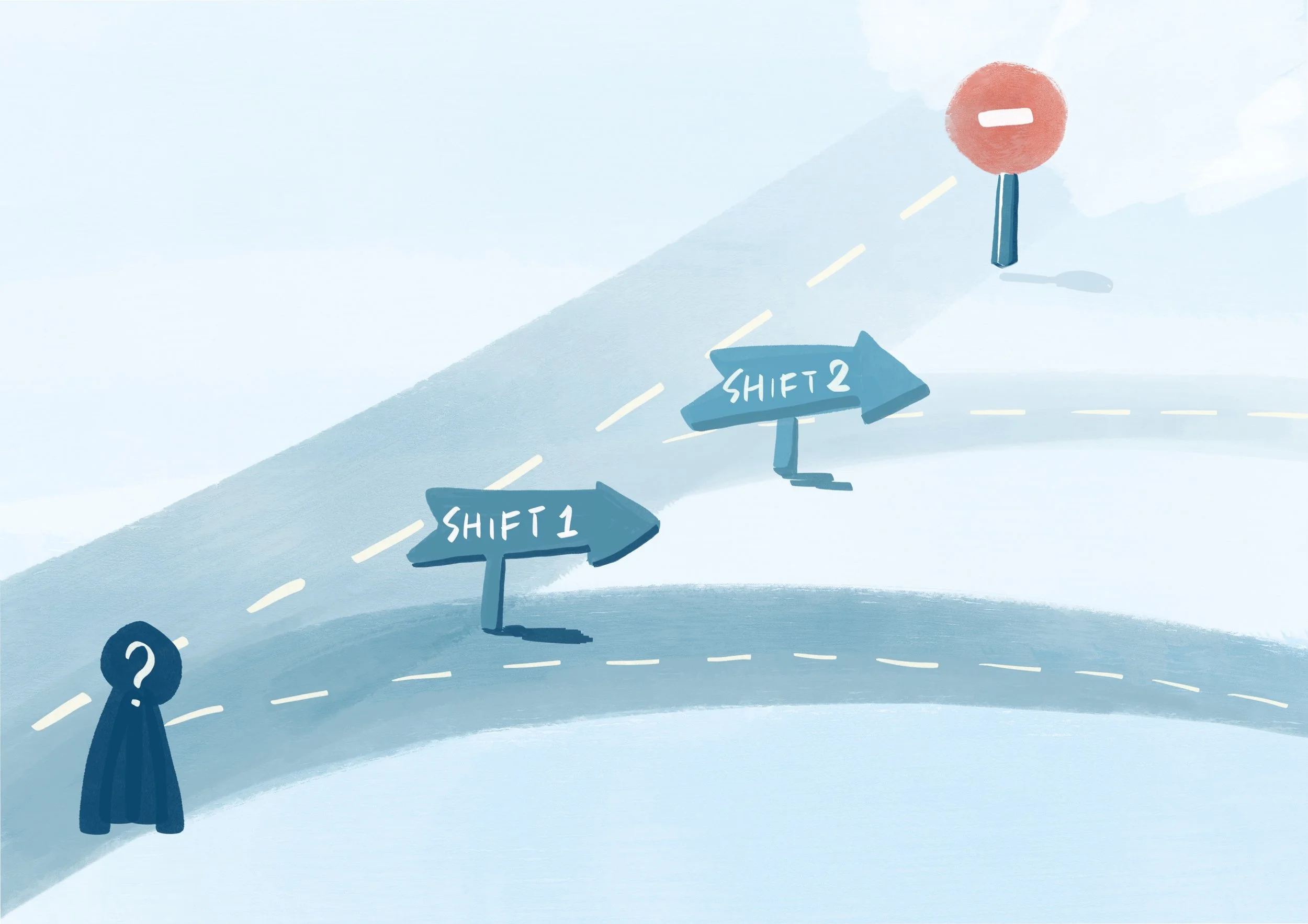
The Good Transition Plan
Taking the transition to net zero from planning to practice.
Banking interfaces directly with the real economy and has the potential to accelerate the changes we will need to make in the years ahead to bring about a climate-safe world. To help banks set a course to the best version of a transition plan they can create, the Climate Safe Lending Network gathered input from a wide range of stakeholders to co-create The Good Transition Plan, launched in 2021 for COP26.
Since the publication of this strategy guide, there has been significant development of ideas and guidance for how a financial institution should prepare a transition plan. Whilst frameworks developed by international bodies are a key ingredient in the development of credible transition plans, getting to net zero is an evolving journey that requires banking institutions to respond effectively to challenges and opportunities encountered along the way. A credible transition plan, one that provides disclosure about strategy decisions that lead to climate outcomes, serves as a compass for charting the path ahead.
We believe the time has come for preparation – measurement, target-setting and transition planning – to be translated into real action. That means practical interventions which will drive significantly better outcomes for everyone. By leveraging the ideas, expertise and diverse perspectives of our multi-stakeholder network, we are supporting banks in navigating towards a net zero future in ways that are:
faster (helping their existing clients to transition)
further (developing innovations to support emerging climate solutions)
fairer (incorporating strategies that enable social justice and broader sustainability and wellbeing for all)
It is with this in mind that we’re pleased to provide a suite of free strategy tools, aligned with the GFANZ framework for financial institution transition plans, to help guide discussions and decisions within banks (and between banks and their stakeholders) for developing a Good Transition Plan — a living document that is continuously updated with observations and insights from interactions with clients and stakeholders, and perceptions of emerging developments within society and the economy.
Our Practical Guides to a Good Transition:
-

The Good Transition Plan Strategy Toolkit
The Good Transition Plan Strategy Toolkit (November 2022) is an easy-to-use slide deck that offers practical guidance for bank employees to put robust strategies in place for aligning lending with the goals of the Paris Climate Agreement and a just transition. The toolkit, which is aligned with GFANZ Recommendations and Guidance on Financial Institution Net-zero Transition Plans (November 2022), consists of eight modules, each with ideas and prompts, to help bank transition teams develop ambitious, compliant, and credible transition plans.
-

The Good Transition Plan - 2022 Addendum
The Good Transition Plan - 2022 Addendum (November 2022) summarises new developments in transition planning since the publication of The Good Transition Plan in October 2021. This short document also offers fresh perspectives and insights to help inform your bank's approach to transition planning. In it we deconstruct transition plans on the basis of providing disclosure about strategy decisions that lead to climate outcomes.
-

The Good Transition Plan 2021
The Good Transition Plan (October 2021) is a practical, actionable guide for banks to create effective climate transition plans. This comprehensive guide gathers the best thinking, emerging best practices, and stakeholder expectations from over 100 climate-finance experts and professionals from around the world. It presents a structured approach to net zero planning with practical insights from sustainable finance leaders, including bankers, investors, policymakers, civil society organisations, and academics on all the aspects that go into successful net zero transition planning.
-

The Pledge
A tool for bank transition teams, The Pledge is a multi-stakeholder simulation about bank climate targets. Players of this online game explore real life challenges and opportunities for financing the transition to a just, net zero economy. The Pledge enables participants to test the trade-offs and consequences of different choices in transition planning so that they come away with a better understanding of the barriers that prevent banks from adopting sustainable, Paris-aligned lending models.
The elements of a Good Transition Plan
Governance & Organizational Development
Organizational structures that support climate plans
Embed climate change in culture
Lock climate into strategy and purpose
Create a learning and review cycle
Support decision making with key climate policies
Net-Zero & Paris-Aligned Targets
Set a net-zero target between 2030 and 2050 using NZBA principles
Scenarios should be selected and updated to reflect a climate-safe world
Set interim 2030 targets for each covered sector
Anchor the highest-level ambitions in a strategy development process by reaching for 2030
Stopping Flows of Finance to Fossil Fuels & Deforestation
Implement a near-term end (2022) to all expansion and exploration of fossil fuels and deforestation, in line with leading practice
Assess legacy fossil fuel and deforestation assets and create reduction pathways
Develop product features to support reductions
Create an engagement plan for all the affected stakeholder groups
Analyze the systemic impact of the bank’s decisions on the wider market
Financing Innovation & Drawdown
Invest directly in net-zero technologies and startups
Focus bank innovation labs on climate
Review risk appetite policy to support climate innovations
Measurement, Disclosure & Reporting
Include the full extent of the bank’s business
Measure the real economy impact of ‘delta’ as assets decarbonize
Use best available data and continuously improve data quality
Onboard new clients - introducing “KYCO2”
Enhanced due diligence - measure more than climate: incorporate full-spectrum sustainability
Use clear accounting principles if using ‘negative emissions’
Decarbonizing Balance Sheets & Economies
Proactive dialogue with clients on their climate strategies
Support bank relationship manager training to develop transition expertise in their field
Offer pricing structures to incentivize sustainability and climate goals
Link the demand for ‘green’ to drive the development of green assets
Provide sectoral products and technical assistance
Just Transition: integrate broader social and environmental factors by applying different lenses to strategy
Consider adaptation, resilience, and the needs of vulnerable communities
Agency & Broader Influence
Engage in peer learning and collaboration
Ensure consistency and reinforcement via all lobbying, advocacy, and industry engagement
Recognize the full extent of agency within a client relationship
What climate-finance leaders say about the Good Transition Plan guide:
“We welcome the addition of this guide to the global conversation on how the banking sector can be a key catalyst in the drive to urgently and practically address the triple planetary crises of climate change, nature loss and pollution.”
- Puleng Ndjwili-Potele, Banking Lead (Interim), United Nations Environment Programme, Finance Initiative
“This is a strategists’ guide to thinking through the issues. Whilst technical aspects might get updated, The Good Transition Plan speaks to the fundamental mindset shifts that banks need to address before they can really get moving.”
- Ivan Frishberg, Chief Sustainability Officer, Amalgamated Bank, Climate Safe Lending Network Design Team Member & Partnership for Carbon Accounting in Financials
“The Good Transition Plan adds crucial strategic, human and practical insights to the emerging technical literature in this area.”
- Celine Suarez, Managing Director & Head of Corporate Sustainability and Reporting at Morgan Stanley
“Banks don’t like to be the policeman and are reluctant to engage with their clients about lowering their GHG emissions towards net zero. …If you are serious about this, you cannot stay silent, you cannot hide, you must speak out.”
- Jacob Waslander, Dutch Ministry of Foreign Affairs, formerly finance lead for World Resources Institute
“Being honest about problem areas of the balance sheet such as coal will help to build trust; we can’t make progress if we only talk about the good assets.”
- Rebecca Self, Director of Sustainable Finance at South Pole and former CFO of Sustainable Finance at HSBC Holdings
“The Good Transition Plan has helped make us ask some searching questions we hadn’t asked before.”
- Madeleine Ronquest, Head of Environmental and Social Risk, Climate Change at FirstRand
